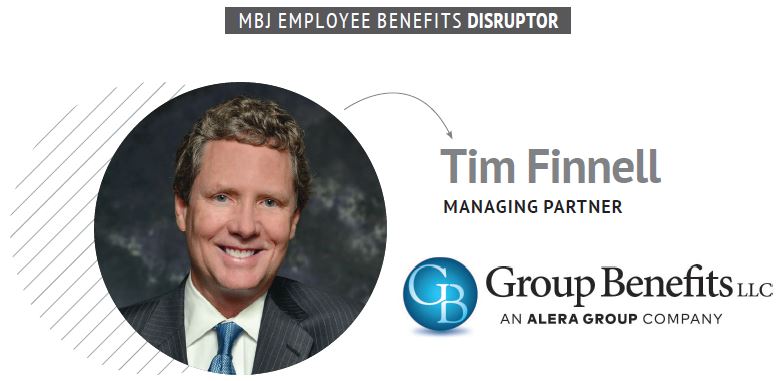HELPING BUSINESSES LOWER COST AND INCREASE EMPLOYEE SATISFACTION
WHAT DOES A BUSINESS WITH 25-500 EMPLOYEES NEED TO KNOW ABOUT BENEFITS?
Healthcare and employee benefits continue to increase in cost and complexity. As we navigate the pandemic, it’s increasingly clear that as workers evaluate employers of choice, benefits have become a key component. To help determine your menu of benefits, tools such as benchmarking and surveys can provide insight.
Engage an experienced benefits professional with national resources. Form a partnership with an advisor who can develop a strategic plan based upon the culture, needs and budget of your business. The increasing cost of coverage necessitates having a specialist who can provide national buying power, innovative solutions, technology, a deep service team, and compliance resources.
The landscape is continuously evolving. There are creative strategies being deployed that will shape the future of private healthcare. One of the most promising, is directing patients to the best doctors. We all know that there are excellent doctors and doctors who are not as good. The problem has been — how do you know which doctors produce the highest quality results. Technology has allowed systems to aggregate over 45 billion records to help determine which physicians are the top 20% – 25% in each geographic area. With this knowledge, the benefit plan can structure incentives to steer patients to the best doctors. The result is better outcomes and lower cost. This tool can be implemented as part of an existing fully insured plan (or self-funded) that a business has today. There is no need to change the insurance carrier’s network of doctors. Via an app, web site or concierge you can find a doctor who has the highest rating in his/her specialty.
Consider alternate forms of financing health coverage. Risk financing has evolved and companies with as few as 25 employees have ways to lower their premium. Many factors determine if / when an employer should consider one of the many forms of partial self-funding that are available. There are methods that have very little risk or volatility, such as a Health Reimbursement Arrangement (HRA). Level premium and minimum premium are hybrid plans that allow an employer to save money when claims are less than expected. Partially self-funding may be appropriate for many companies with as few as 50 employees. There are features that diminish the risk and volatility traditionally associated with self-funding. These plans can provide significant savings on Rx expenditures, taxes, administration, and reserves.
Communicate across the spectrum of learning styles. Everyone has a preferred method of receiving and processing information. Utilize paper, video, web, apps, one on one counseling via in-person / virtual / telephonic. Most people do not engage with the healthcare system until there is a problem. There are now Healthcare Advocacy firms that can guide employees to high quality providers, assist in obtaining second opinions, discuss various treatment options, help with prescription drug issues, and a variety of other services/support.






